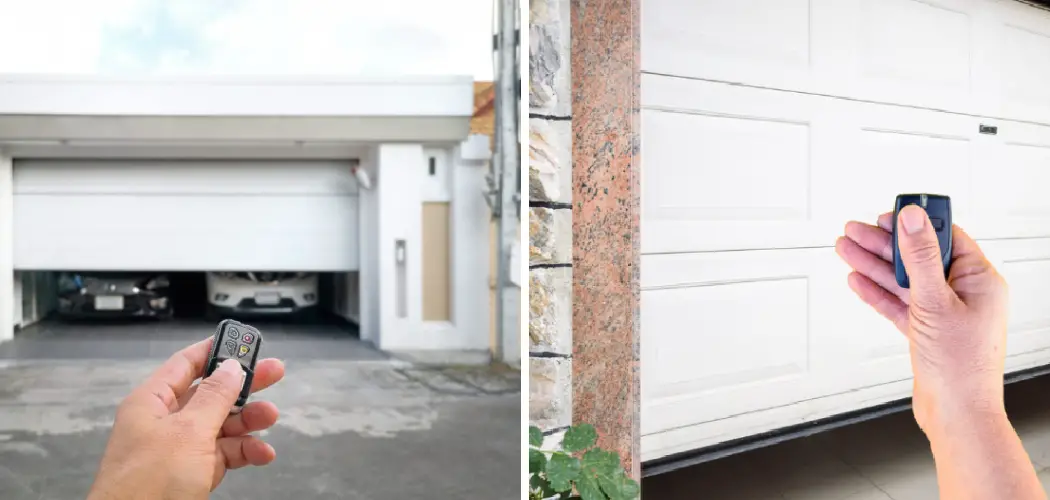Losing a garage door opener can be a frustrating and inconvenient experience, disrupting your daily routine and compromising the security of your home. The garage door opener is not just a tool for convenience but an essential element of home access control, often integrated with security systems and providing the main entry point for many households. Replacing a lost garage door opener
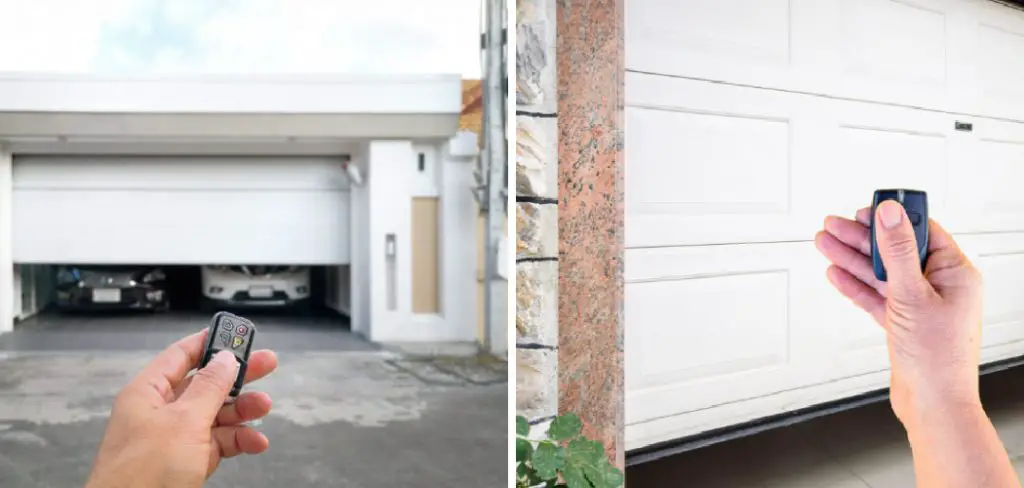
involves navigating various options, from purchasing a new remote to considering modern alternatives like smartphone-controlled systems. The process highlights the importance of understanding your garage door system’s specifications and exploring the latest advancements in home automation technology. Whether opting for a straightforward replacement or upgrading to a
more sophisticated solution, regaining control of your garage door is crucial for restoring both convenience and peace of mind. This article delves into the considerations and steps involved in how to replace a lost garage door opener, ensuring you make an informed and effective choice.
Inconvenience of Losing a Garage Door Opener
The inconvenience of losing a garage door opener extends beyond mere annoyance; it can significantly disrupt daily routines and pose security risks. Without a functioning garage door opener, tasks as simple as parking your car or accessing stored items become cumbersome and time-consuming. For households that use the garage as a primary entry and exit point, this loss
forces reliance on alternative, often less convenient, methods of access. Additionally, the absence of a garage door opener can leave your home vulnerable to unauthorized access, heightening security concerns. The need to manually operate the garage door not only adds a physical burden but also
exposes the mechanism to potential wear and tear, shortening its lifespan. Thus, finding a swift and effective replacement is essential to restore normalcy and safeguard your home.
Assessing the Situation
Before rushing to replace a lost garage door opener, it’s important to assess the situation thoroughly. The first step is to double-check if the opener is genuinely lost or merely misplaced. Search common areas where it might have been left, such as entryway tables, car interiors, or personal bags. If the opener is confirmed lost, consider the make and model of your garage door system,
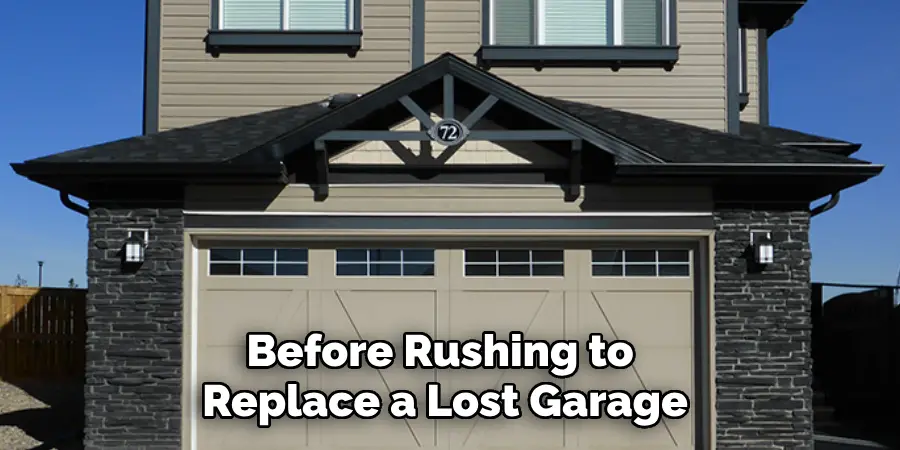
as this information will be crucial when selecting a compatible replacement. Take note of any existing security systems connected to your garage door, as these might influence your choice between a traditional remote and a more advanced smart home-compatible device. Additionally, review any warranty or service agreements that might cover a replacement. Understanding these
initial details can save time, money, and effort, ensuring a smooth transition to a new garage door opener.
10 Methods How to Replace a Lost Garage Door Opener
1. Contact the Manufacturer for a Replacement
The first step in replacing a lost garage door opener is to contact the manufacturer. Most garage door openers have a manufacturer’s name and model number located on the unit itself. With this information, you can reach out to the manufacturer’s customer service department to inquire about purchasing a replacement remote. Many manufacturers offer direct
replacements that are guaranteed to work with your specific garage door opener model. This method ensures compatibility and often provides access to customer support if you encounter any issues during the setup process.
2. Visit a Local Garage Door Service Provider
Local garage door service providers often carry a variety of universal and brand-specific garage door remotes. Visiting a local provider allows you to receive personalized assistance and recommendations based on your garage door opener model. The technicians can help program the new remote to work with your existing opener, ensuring a seamless transition. Additionally,
purchasing from a local provider supports your community and often comes with the benefit of in-person troubleshooting if any issues arise.
3. Purchase a Universal Remote
Universal garage door remotes are a versatile and widely available solution for replacing a lost opener. These remotes are designed to work with a broad range of garage door opener brands and models. When purchasing a universal remote, ensure it lists compatibility with your specific garage door opener. Programming a universal remote typically involves syncing it with your garage
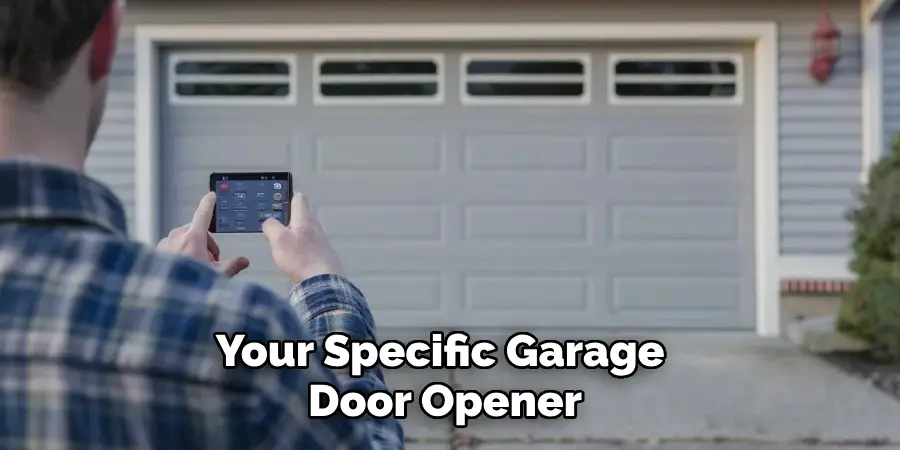
door opener’s frequency and code, which can usually be done by following the instructions included with the remote. This method is convenient and often cost-effective, offering a quick replacement option.
4. Use Your Car’s Built-In Garage Door Opener
Many modern vehicles come equipped with built-in garage door opener systems, such as HomeLink. If your car has this feature, you can program it to operate your garage door. The process typically involves pressing a combination of buttons on your car’s system while simultaneously pressing the button on your garage door opener unit to sync the frequencies. Refer to
your vehicle’s owner’s manual for specific instructions on programming the built-in opener. This method is particularly useful as it eliminates the need for a separate remote, reducing the risk of losing it again.
5. Install a Smart Garage Door Opener System
Upgrading to a smart garage door opener system offers enhanced convenience and security. Smart systems allow you to control your garage door using a smartphone app, eliminating the need for a physical remote. Installation typically involves connecting a smart garage door controller to your existing opener and setting up the app on your smartphone. Features often include
remote access, monitoring, and notifications, providing added peace of mind. This method is ideal for those looking to modernize their garage door system and reduce reliance on traditional remotes.
6. Replace the Wall-Mounted Control Panel
If you have lost your remote and also need a more permanent and reliable solution, consider replacing or adding a wall-mounted control panel. These panels are hardwired to your garage door opener and provide an alternative way to open and close your garage door. Newer models may also include wireless capabilities and programmable features. Installation typically requires
basic electrical knowledge, but many models come with detailed instructions for a straightforward setup. This method offers a secure and fixed alternative to handheld remotes.
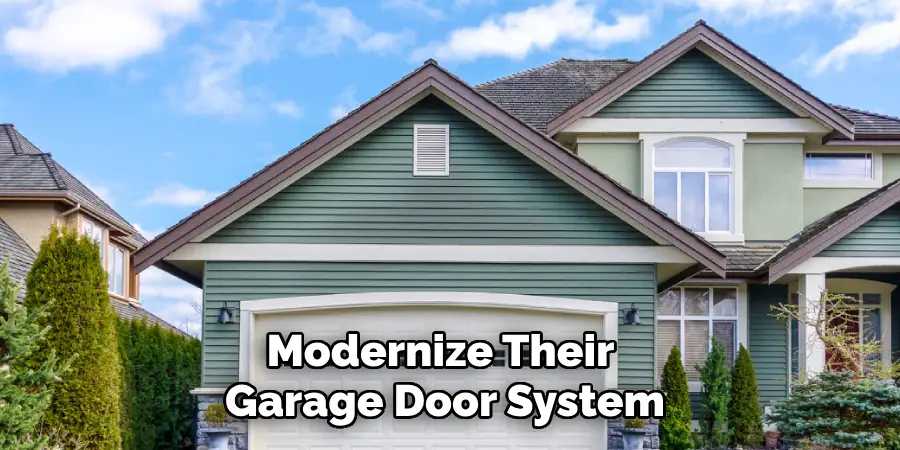
7. Use a Keypad Entry System
Installing a wireless keypad entry system provides a convenient and secure way to access your garage without needing a remote. Keypads are mounted outside the garage door and operate the opener using a code you set. Programming the keypad to your garage door opener involves syncing it with the opener’s frequency and setting a personal identification number (PIN). This
method is especially useful for families or multiple users, as it allows access without needing to distribute multiple remotes.
8. Utilize a Smart Home Integration
If you have a smart home ecosystem, consider integrating your garage door opener into it. Systems like Amazon Alexa, Google Home, and Apple HomeKit can often be paired with compatible smart garage door openers. This integration allows you to control your garage door using voice commands or through your smart home app. Setting up this integration typically involves
connecting a smart garage door controller and following the instructions to sync it with your smart home system. This method not only replaces the lost remote but also enhances the overall functionality and convenience of your home automation.
9. Check for a Backup Remote
Before purchasing a new remote, check if your garage door opener system came with a backup remote. Many systems include multiple remotes, and it’s possible you may have stored a spare somewhere in your home. Check common storage places like drawers, cabinets, or the glove compartment of your car. If you find a backup remote, you may need to reprogram it to ensure
it works with your garage door opener. Refer to your opener’s manual for instructions on how to reprogram the remote.
10. Reset and Reprogram Your Garage Door Opener
If you have lost your remote and are concerned about security, consider resetting and reprogramming your garage door opener. This process involves erasing all existing codes and setting new ones. To reset your garage door opener, locate the “Learn” or “Program” button on the opener unit. Press and hold this button until the indicator light turns off, which usually takes about six
seconds. This action will erase all existing remotes and keypads from the system. You can then reprogram new remotes and keypads using the same button. Refer to your garage door opener’s manual for detailed instructions. This method ensures that any lost remotes no longer have access to your garage, enhancing security.
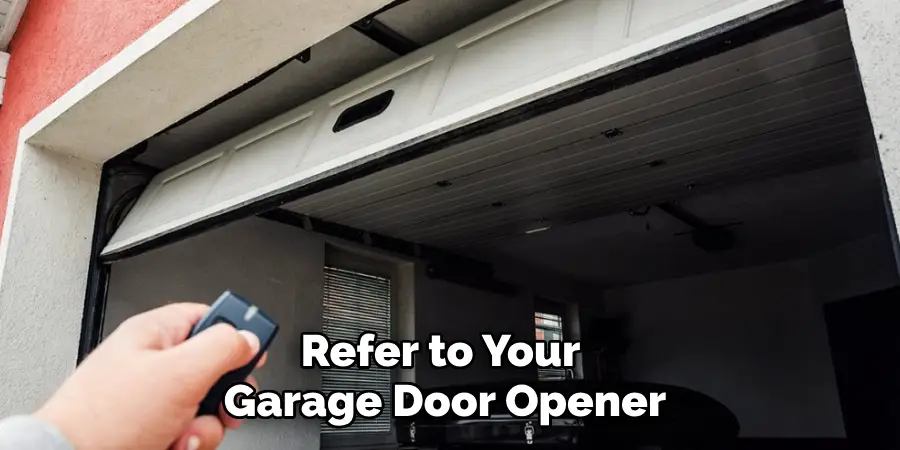
Conclusion
Replacing a lost garage door opener can be a straightforward process if you know the right steps to take. From contacting the manufacturer and visiting local service providers to using universal remotes and smart systems, there are multiple methods to regain control over your garage door. Each method offers unique benefits, whether it’s the convenience of a built-in car system,
the modern functionality of smart technology, or the reliability of a keypad entry system. Thanks for reading, and we hope this has given you some inspiration on how to replace a lost garage door opener!
I am Rick. I grew up helping my dad with his handyman service. I learned a lot from him about how to fix things, and also about how to work hard and take care of business. These days, I’m still into fixing things- only now, I’m doing it for a living.
I’m always looking for new ways to help people grow and develop. That’s why I have created this blog to share all my experience and knowledge so
that I can help people who are interested in DIY repair.

